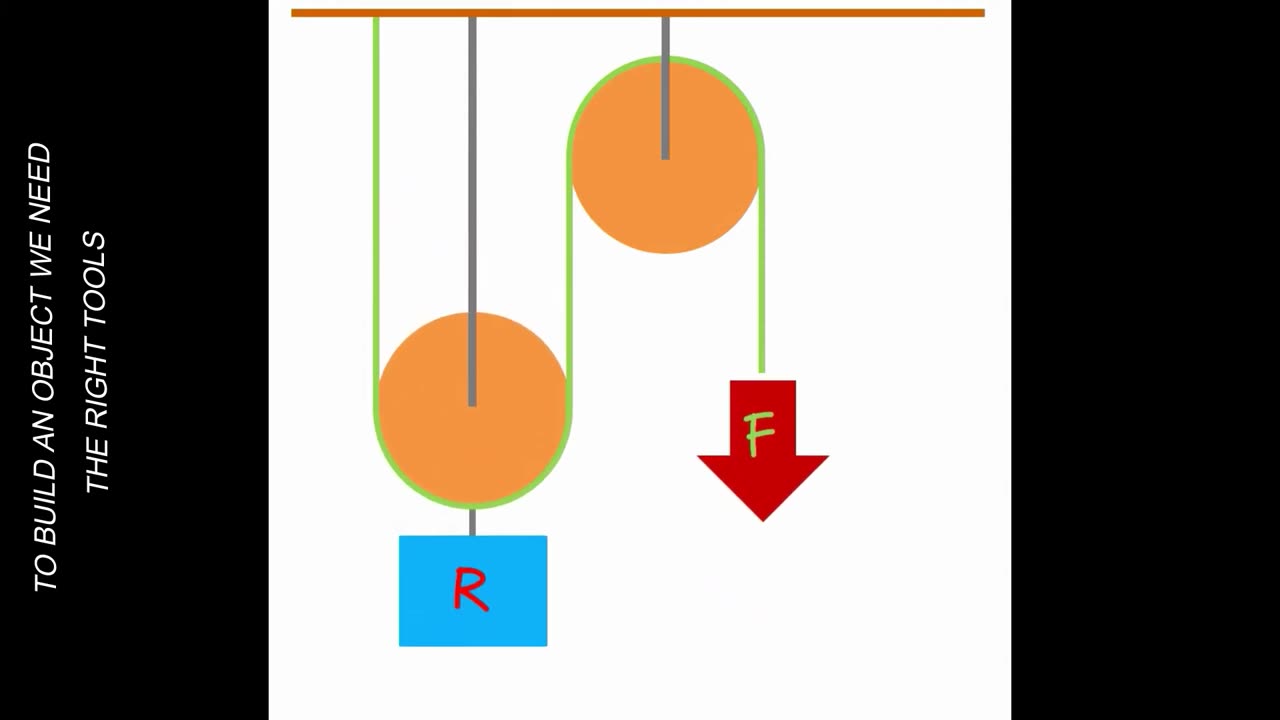Premium Only Content

WHAT FACTORS AFFECT TECHNICAL EVOLUTION? NEW METHODOLOGIES | ROBOTICS | THE ECONOMIC
As time passes, new technical devices emerge that would have previously appeared to be science fiction. Not only are new devices being developed, but existing ones are continuously being enhanced.
For example, comparing the prehistoric wheel to the current wheel reveals massive variations—yet these vast differences are the product of countless little advances developed gradually through time.
Here's another one: The vacuum cleaner enables us to clean our homes' floors more quickly and easily, without having to use a dustpan and raise dust that would later gather on the furniture.
The following are the primary elements influencing technological evolution:
TECHNICAL INFORMATION
BRAND NEW MATERIALS
NEW APPLIANCES
NEW WORKING METHODOLOGIES
ROBOTICS AND COMPUTER SCIENCE
THE ECONOMIC ENVIRONMENT
1.- SCIENTIFIC KNOWLEDGE: Science and technology are inextricably linked. Science discoveries enable us to create new objects and improve on existing ones.
For example, before building a motor for this vacuum cleaner, scientists had to first explain electromagnetic processes, because engineers would not have been able to design electrical machines without this information.
2.- In order for technology to advance, appropriate materials must be available.
One of the disciplines most directly linked to the progress of technology is the development of novel materials. Each new material has new qualities, which opens up new avenues for scientific advancement. Clearly, we couldn't make the vacuum cleaner in our scenario without plastic.
Semiconductor materials are another example. The diodes and transistors that control the vacuum cleaner's electronic operation are constructed of materials that were not found until the nineteenth century.
3.- In addition to new materials, we also need new tools to facilitate certain tasks. These tools can range from giant machines like tunnel boring machines to simple pulleys. To build a vacuum cleaner, we have to connect the parts with screws, which means we need a screw. Tin soldering irons for electronic circuits and special plastic molding machines are also needed. If we were making a broom instead, we would need other, much simpler tools.
4.- Methods of production and the organization of work are important aspects of industrial development.
Over time, demand for artisan work and crafts has been decreasing. Today, practically all manufacturing is done in factories on a mass scale and this has resulted in profound changes to working methods.
Factories are organized around assembly lines, where each operator performs very specific and repetitive tasks in order to increase productivity.
And, as technological objects become more complex, highly specialized personnel are needed for each stage of manufacturing.
All of this together, from assembly lines to the specialization of each operator (from simple operations to the most complex ones), allows increasingly complex objects to be manufactured at lower costs.
Moving from individual, artisan work to collective work on an assembly line, in which different people with a high degree of specialization work together, leads us to the next point…
5.- Today, you cannot have an understanding of technological evolution without talking about COMPUTERS AND ROBOTICS
Computer science and robotics, together with artificial intelligence, are part of a new industrial revolution… a revolution that has only just begun.
In the previous point, we said that modern production methods require highly specialized people, but they also demand extreme precision--and the fact is, a robot is always going to be more precise and more efficient than a human. And in general terms, a robot can also be more productive and economical.
6. Finally, we have the ECONOMY
The economy is very important in almost all aspects of our life and also in the evolution of technology.
Even if we have the necessary scientific knowledge, materials, tools, and adequate working methods, but we live in a society as poor as William Kamkwamba's, where even electric light is a luxury that few can afford, then the vacuum cleaner would not exist, because, as a general rule, only those products that are economically viable, which is to say, profitable, are developed.
Today, the car is part of our day to day lives. The car has impacted the design of cities and our way of life… but in the beginning, it was a luxury item… it was so expensive that very few could afford to own a car.
The real success of the car was not only because of the speed and comfort it brought to travel but also due to the fact that Henry Ford managed to lower production costs enough to fit the price of a car into the average person’s budget.
-
 1:07:26
1:07:26
Crypto Power Hour
2 hours ago $0.09 earnedWEB 3, Reclaiming The Internet
5.9K5 -
 LIVE
LIVE
Total Horse Channel
1 hour ago2025 WDAA Western Dressage World Championship Show | Day Two | Arena Four
142 watching -
 LIVE
LIVE
LFA TV
4 hours agoLFA TV ALL DAY STREAM - WEDNESDAY 9/17/25
4,017 watching -
 1:15:33
1:15:33
JULIE GREEN MINISTRIES
3 hours agoLIVE WITH JULIE
78.8K188 -
 3:59:03
3:59:03
The Bubba Army
1 day agoState of Utah Wants Tyler Robinson DEAD! - Bubba the Love Sponge® Show | 9/17/25
62.3K7 -
 LIVE
LIVE
JuicyJohns
2 hours ago $0.19 earned🟢#1 REBIRTH PLAYER 10.2+ KD🟢
39 watching -
 29:02
29:02
ChopstickTravel
7 days ago $2.84 earnedToronto's #1 Chilli Crab 🇨🇦 Canada's Seafood Meets China's Wok ft.@InstaNoodls
68.9K1 -
 17:07
17:07
Fit'n Fire
5 days ago $1.27 earned*NEW* Bulgarian RPK Mag That Actually Work?
18K5 -
 10:56
10:56
Nicholas Bowling
20 hours ago $3.36 earnedBisexual “Christian” CONFRONTS Preacher on College Campus!
25.7K24 -
 1:57:04
1:57:04
BEK TV
1 day agoTrent Loos in the Morning - 9/17/2025
18.6K